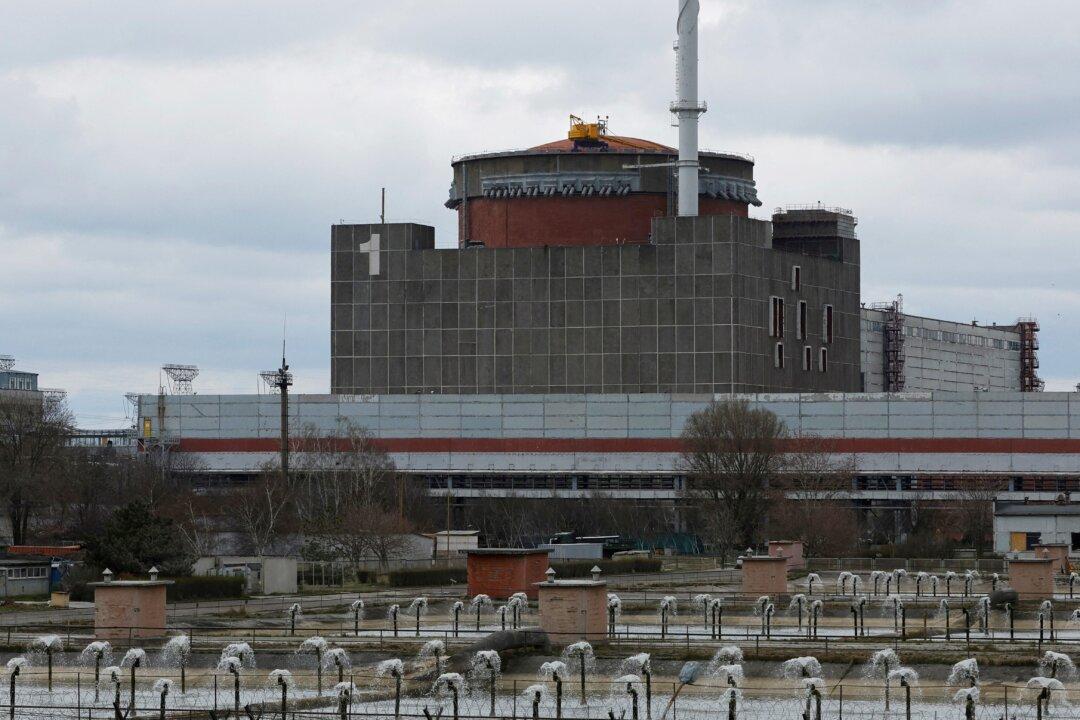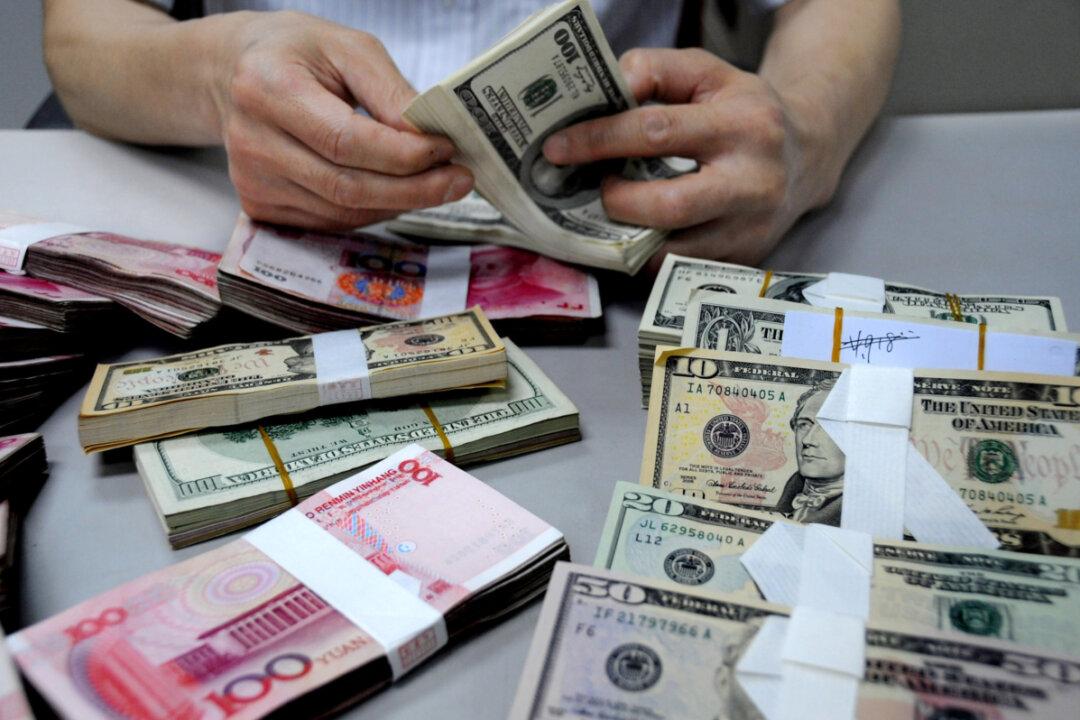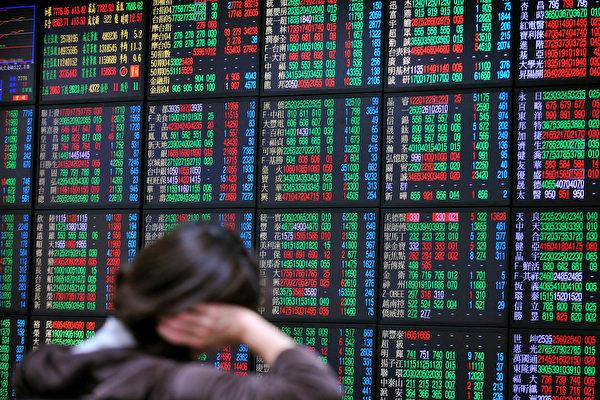The Chinese Communist Party (CCP) announced to “consolidate and develop” the public sector economy at its 20th National Congress on Oct. 16.
At the congress, it was declared that the “entity economy” should be developed, the “role of the government” should be played, and the public sector should be “consolidated and developed,” as opposed to the non-public sector.
The non-public sector economy mainly includes the individual economy, private economy, and foreign capital economy.
The CCP’s “three-year reform” of the state-owned enterprises (SOEs) concluded this year and has produced a number of “mega” SOEs.
There are 136 Chinese companies on the 2022 Fortune Global 500 list, including 99 SOEs, three more than in 2021. Chinese official media reported a total of 145 because nine Taiwanese companies were included in the list. The United States has 124 companies on the list, followed by Japan with 47.
Although the number of Chinese companies on the Global 500 list has surpassed U.S. companies since 2020, the profitability of Chinese companies on the list has significantly lagged behind that of other companies on the list.
The average profit of Chinese companies on the list was $4.12 billion, while the average profit of companies on the list was $6.20 billion, about 50 percent higher, according to Shangguan News, an official media outlet of the CCP.
Speaking of other profitability indicators, the return on sales, return on total assets, and return on equity of the Chinese companies on the list are 5.1 percent, 1.15 percent, and 9.5 percent, respectively, far lower than 8.2 percent, 1.94 percent, and 14.8 percent of the World’s Top 500 companies.
Chinese Banks
If the profits of 10 banks are deducted from the list of Chinese companies, the average profit of non-bank companies is only $2.6 billion, which is less than 30 percent of the average profit of U.S. non-bank companies on the list.
Why are China’s banks profitable but its companies less so?
Dr. Frank Tian Xie, a professor at the Aiken School of Business at the University of South Carolina, believes that it has to do with China’s state system.
“The CCP prevents foreign banks from operating effectively and does not allow the free exchange of the RMB,” Xie told The Epoch Times on Oct. 15.
“Banks rely on their monopoly position to make high profits, while enterprises face competition, especially those that export products: even if they have a certain monopoly position in China, it’s not easy [for them] to obtain higher profits.”






